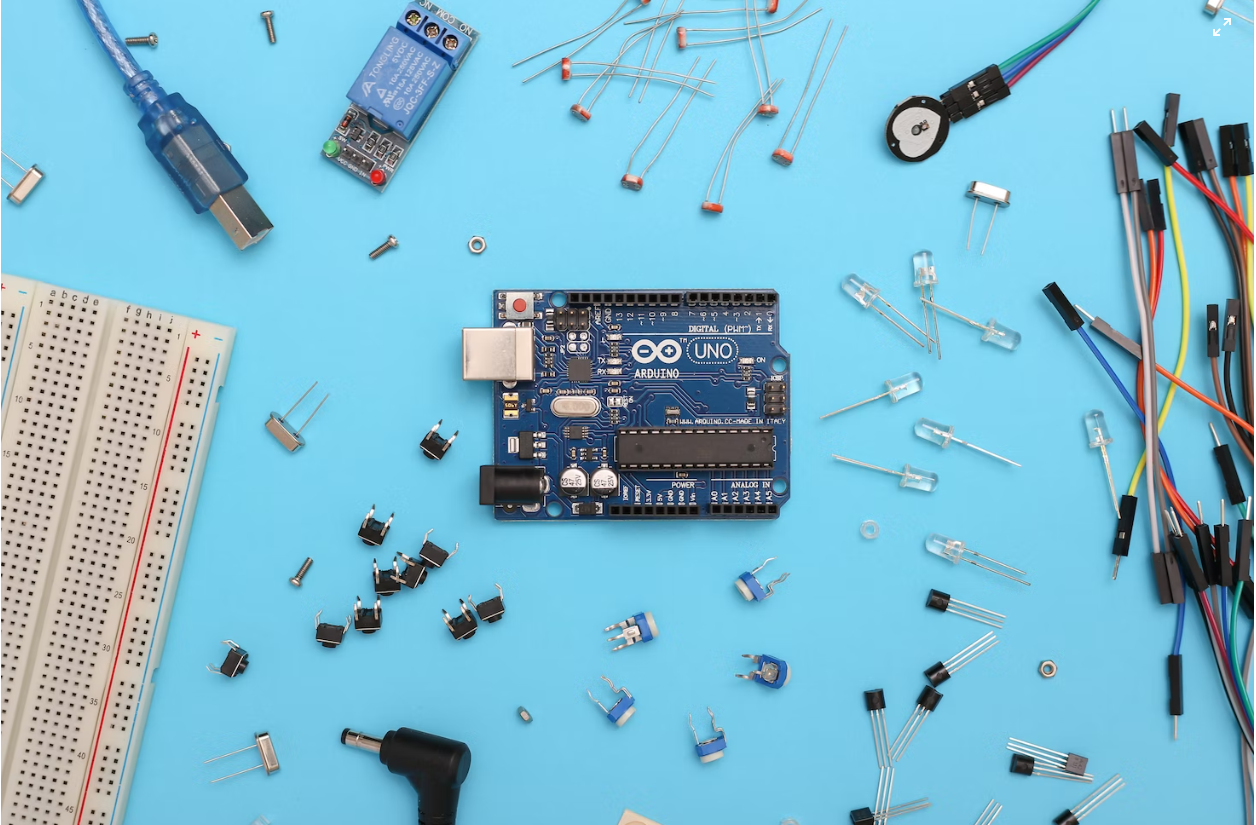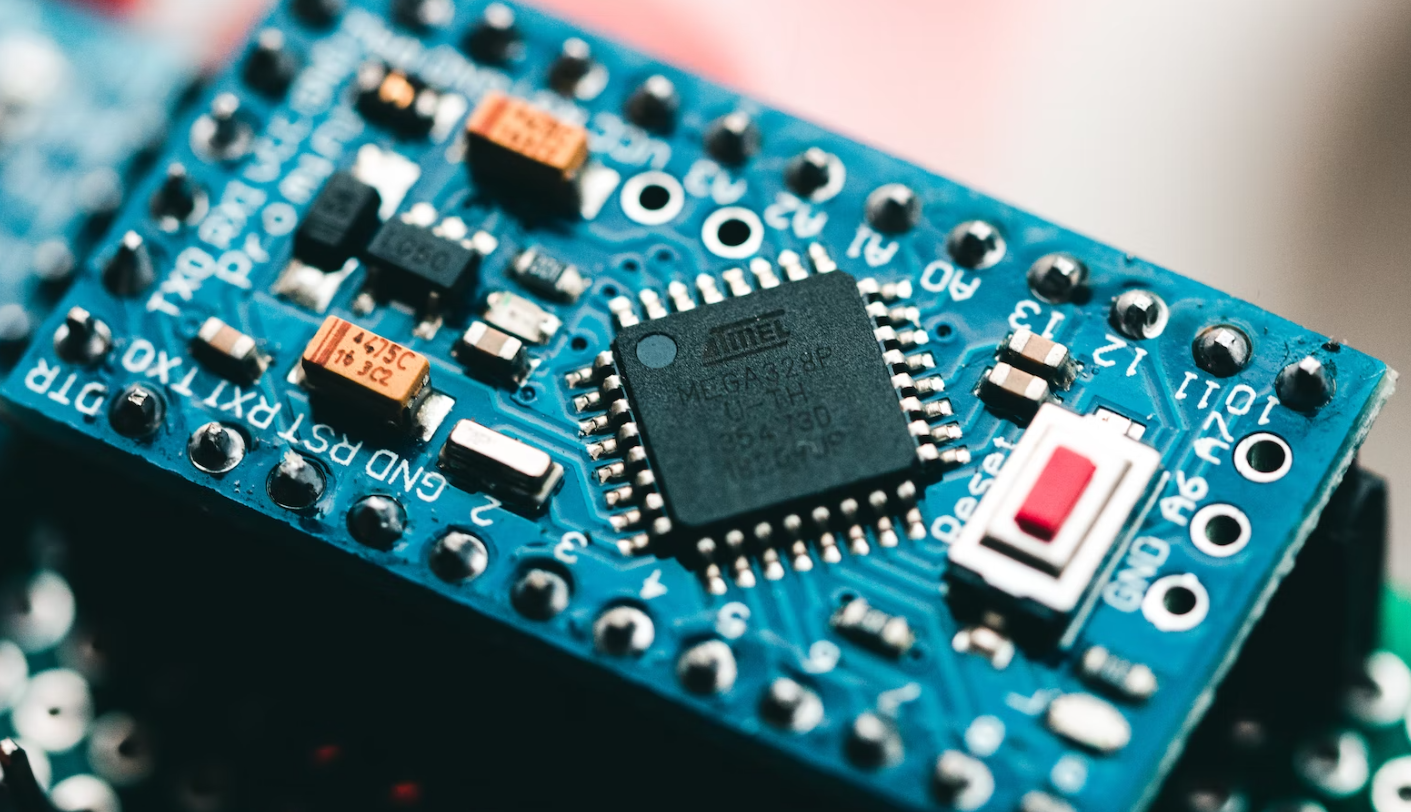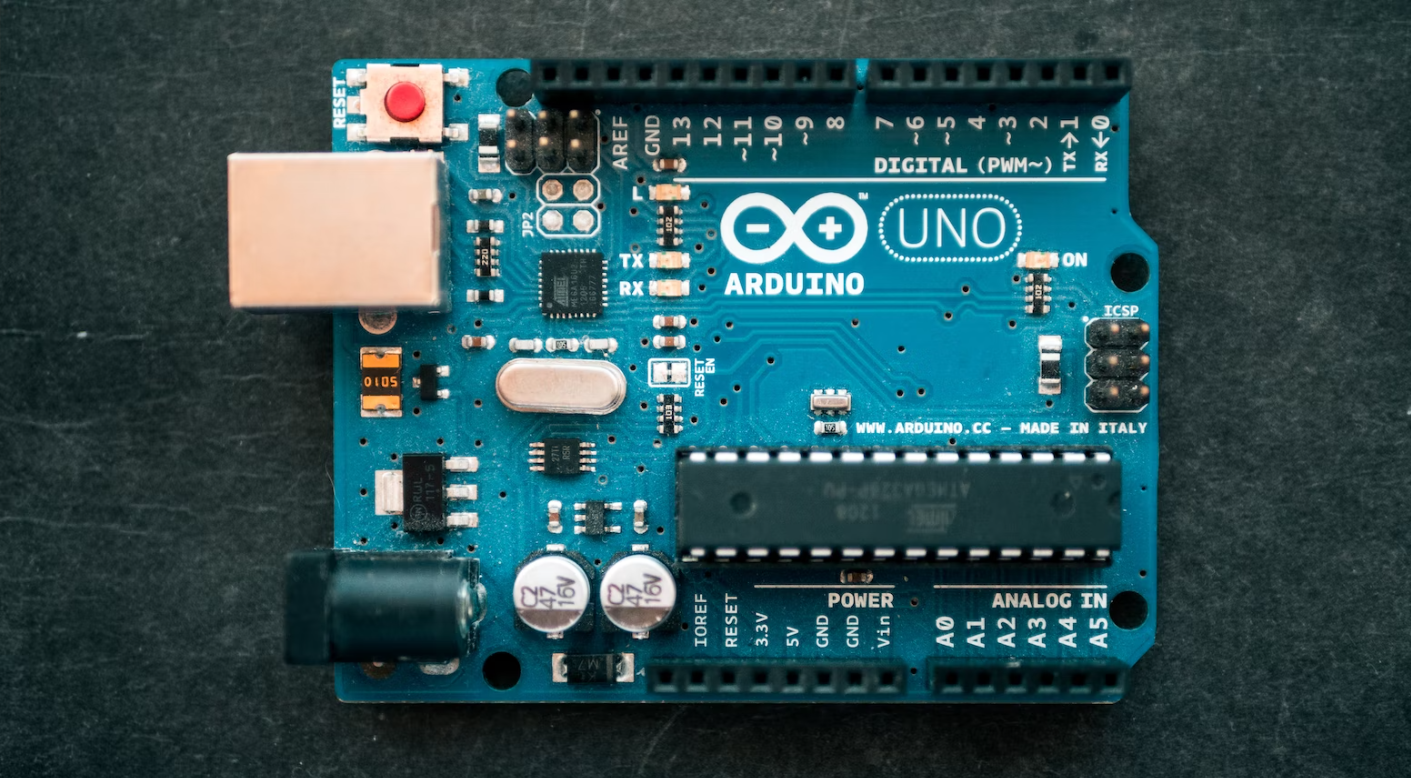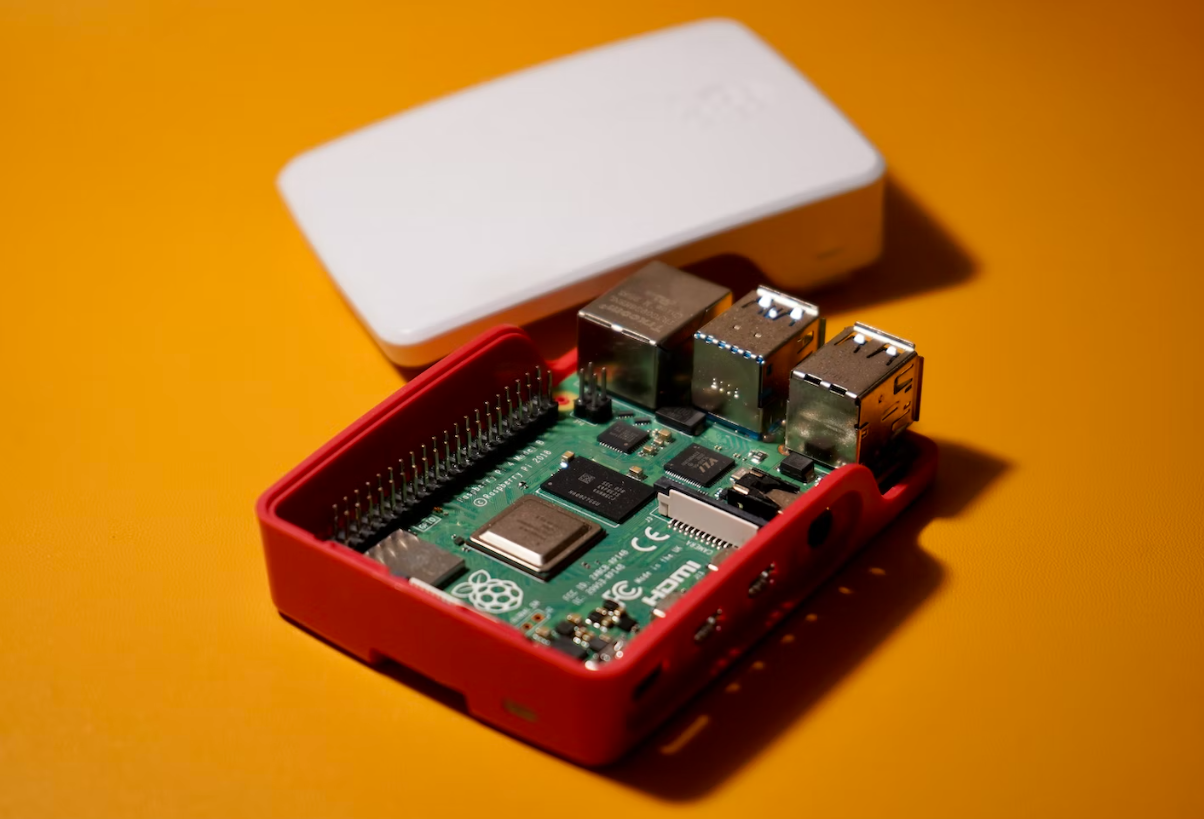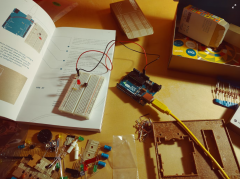Tutorials are an essential part of learning how to build and program electronics projects. They provide step-by-step instructions, guides, and helpful tips to help you through the process.
One of the best places to find tutorials is online. There are many websites, blogs, and forums dedicated to electronics, and they are a great resource for finding tutorials on a wide range of projects.
When looking for tutorials, it's important to find ones that are relevant to your skill level and experience. For example, if you're a beginner, you'll want to find tutorials that are geared towards beginners, with clear and easy-to-follow instructions.
Another important factor to consider when looking for tutorials is the type of project that you're interested in. For example, if you're interested in building a robot, you'll want to find tutorials that focus on robotics.
When working through a tutorial, it's important to be patient and take your time. Building and programming electronics projects can be a complex process, and it's important to take the time to understand each step before moving on to the next.
It's also a good idea to have the right tools and equipment on hand. This might include a soldering iron, a multimeter, and a variety of different components and parts.
Overall, tutorials are an essential part of learning how to build and program electronics projects. They provide step-by-step instructions, guides, and helpful tips to help you through the process, and with the right resources and guidance, anyone can learn how to create their own electronics projects.

